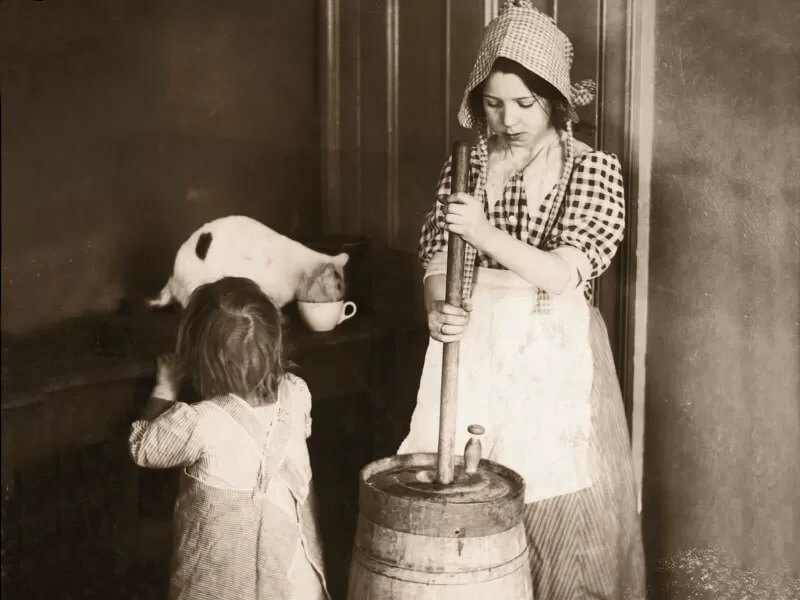
Highland Butter Suitable for Waterproofing Sheep
In the late 18th and early 19th centuries in the Highlands of Scotland, butter was made by hand in wooden butter churns. Unlike today, this Highland butter was not fit for human consumption. It was not used to spread on bread or melt on a hot muffin or bagel. It was inedible. It was used primarily for cooking.
But it had another use which just seems so iconically Scottish. it was used for waterproofing sheep.
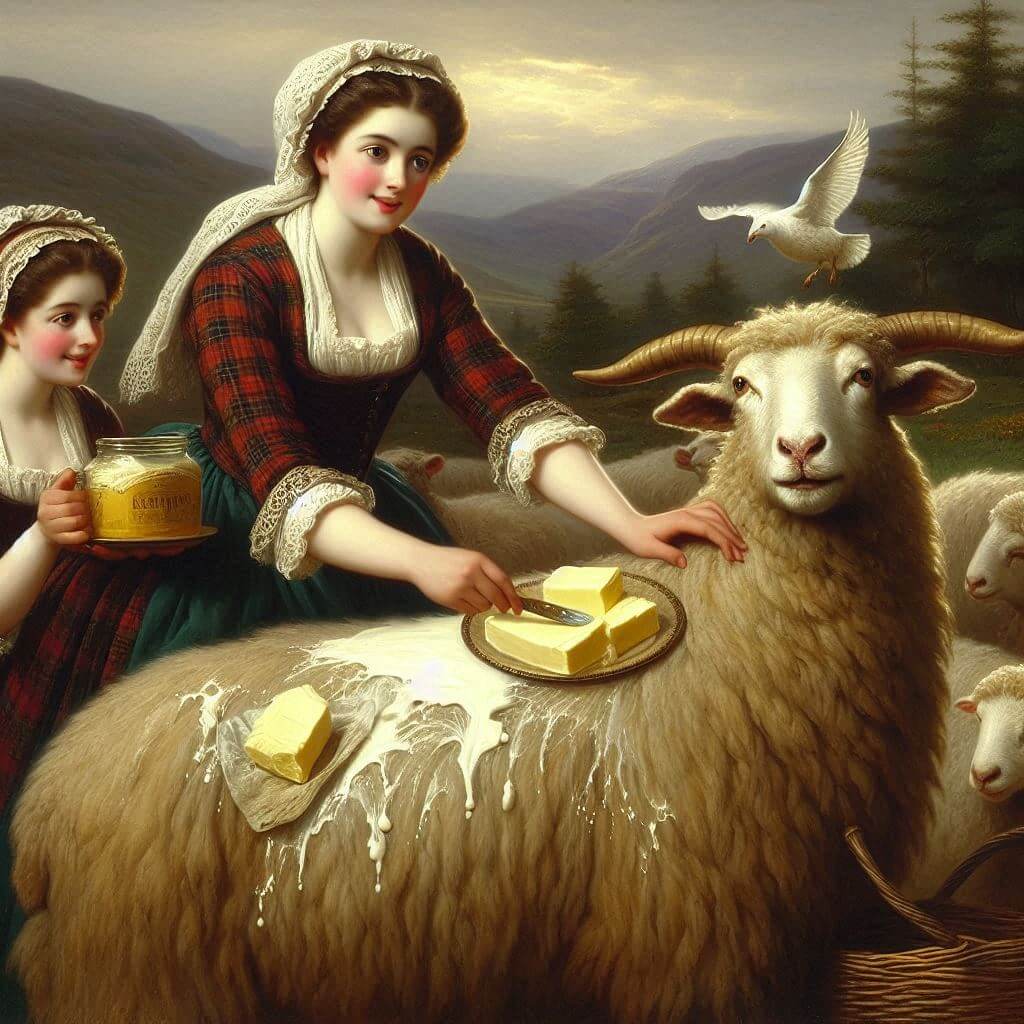
Butter, on the farms, was used for cooking, but was not otherwise usually eaten; [it was] smeared on sheep; the butter and the natural oil in the fleece gave resistance to wet.
Mary Stewart, 1767-1837
Private papers for Mary Stewart in Glentarken (1767-1837) are referenced in a 20th-century cookbook (The Good Scots Diet and What Happened to It? (1985) by Maise Steven), in which Mary Stewart describes the quality and usages for home-churned Highland butter in the late 1700s, including waterproofing sheep.
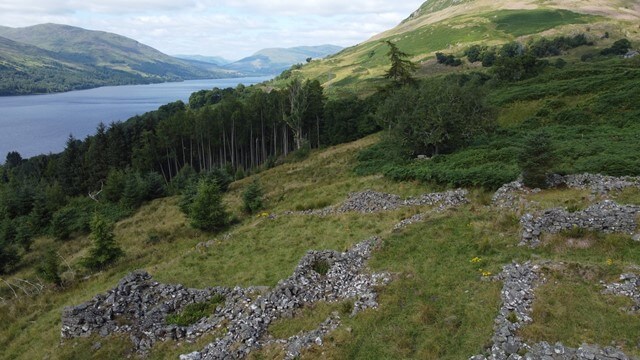
(photo by Ryk Brown, 2023)
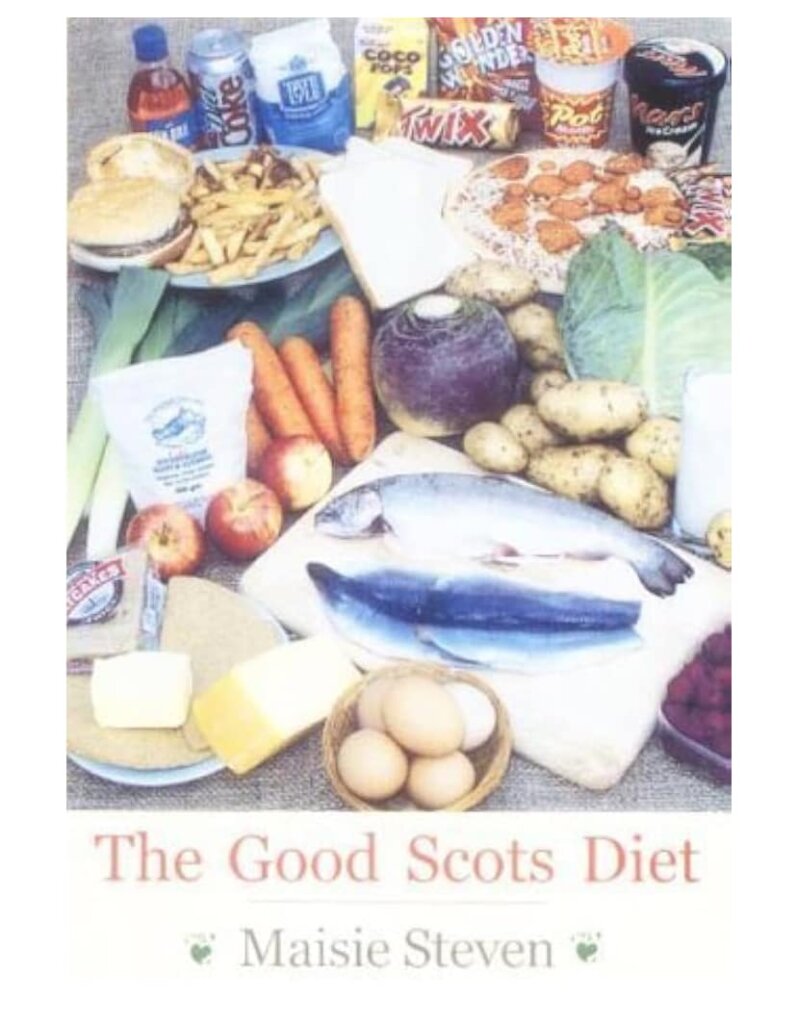
Cookbook author Maise Steven describes the poor quality of homemade Highland butter and quotes Mary Stewart:
…from a manuscript study of the Life and Times of Mary Stewart (1767-1837), a native of Glentarken in Perthshire, written by her great-grandson in conjunction with Mrs. N. Watt of Comrie:
“Butter, on the farms, was used for cooking, but was not otherwise usually eaten; for the most part it was mixed with Archangel tar and smeared on sheep; the butter and the natural oil in the fleece gave resistance to wet, and the tar had an antiseptic quality.”
Predictably, though, the scarcity of fat for cooking meant that such things as pies became luxury items: vegetable oils were not used at the time.
Several of the more fastidious early travellers in Scotland were repelled by the butter. One can sympathise with their complaint that it was invariably full of cows’ hairs.
(The Good Scots Diet and What Happened to It? by Maise Steven, Aberdeen University Press, July 1, 1985, p. 41)
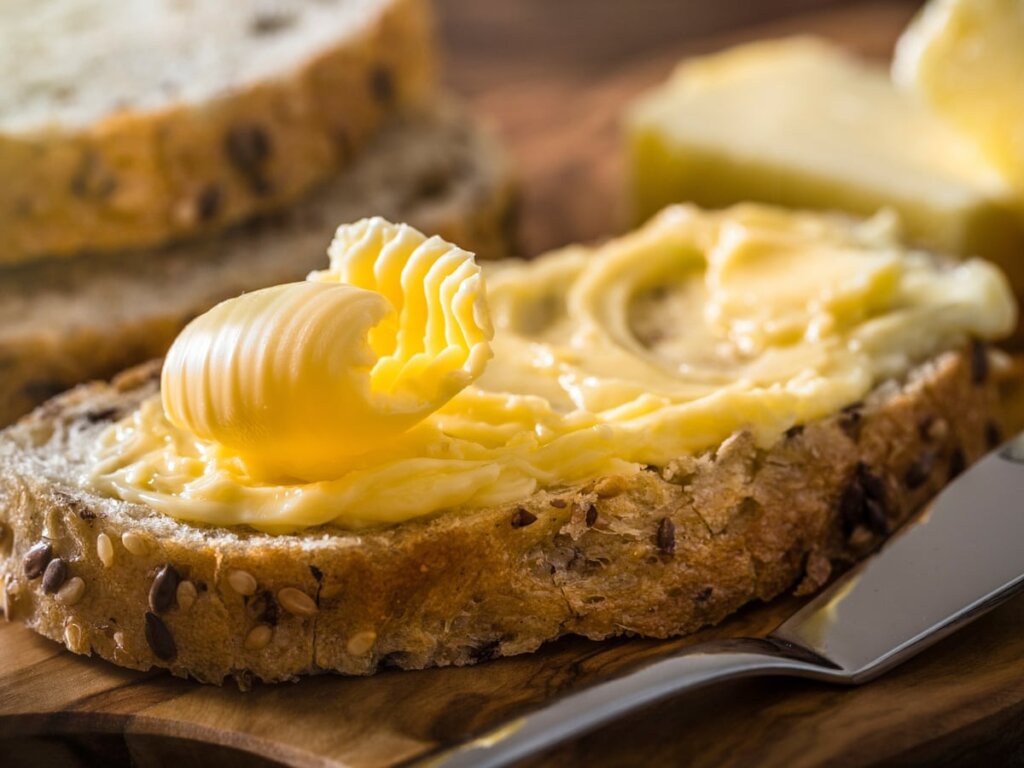
Next time you spread butter on bread, be thankful you’re not picking out cows’ hairs.


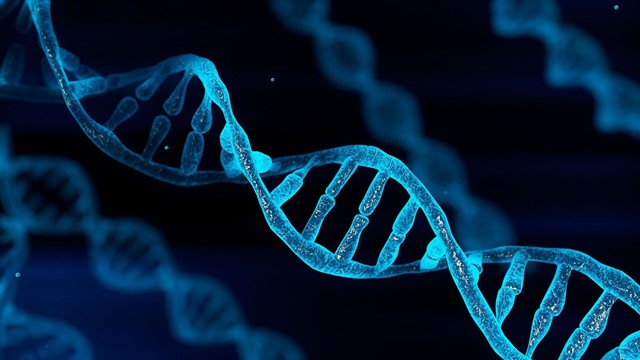

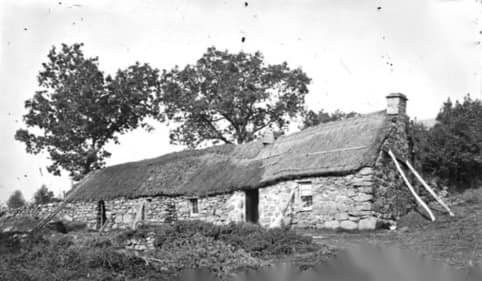
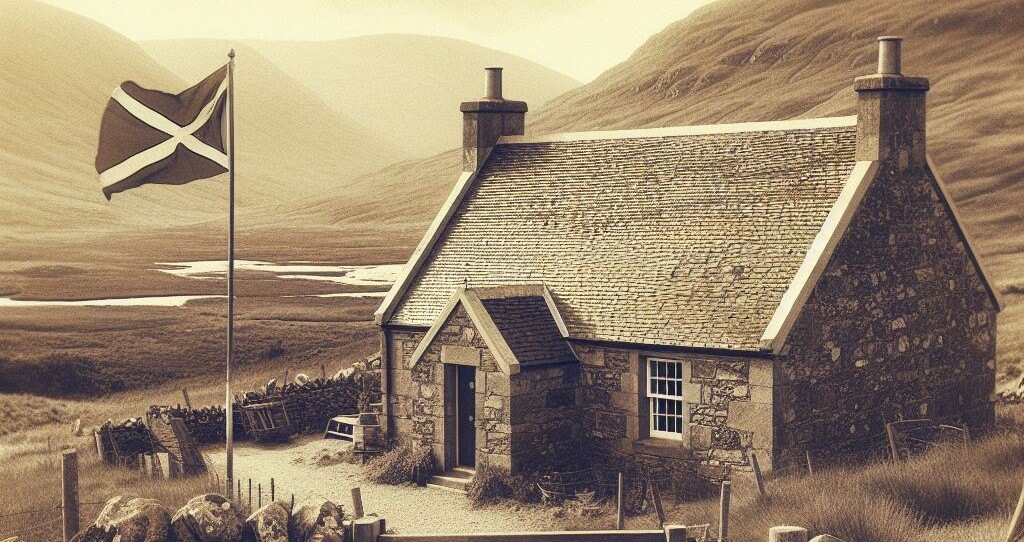
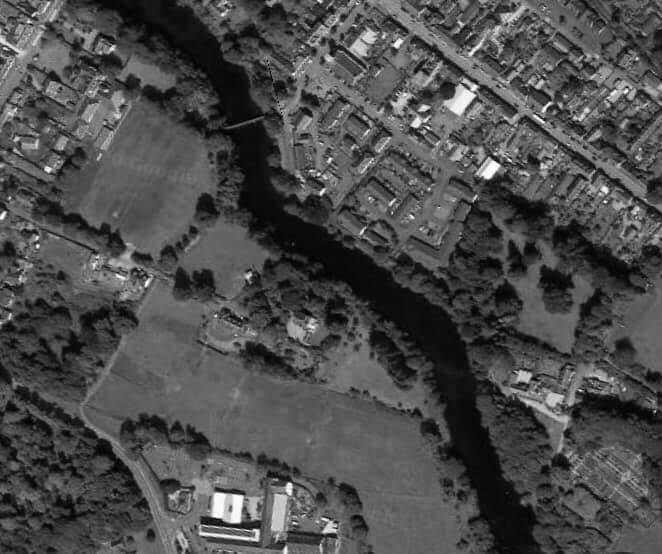
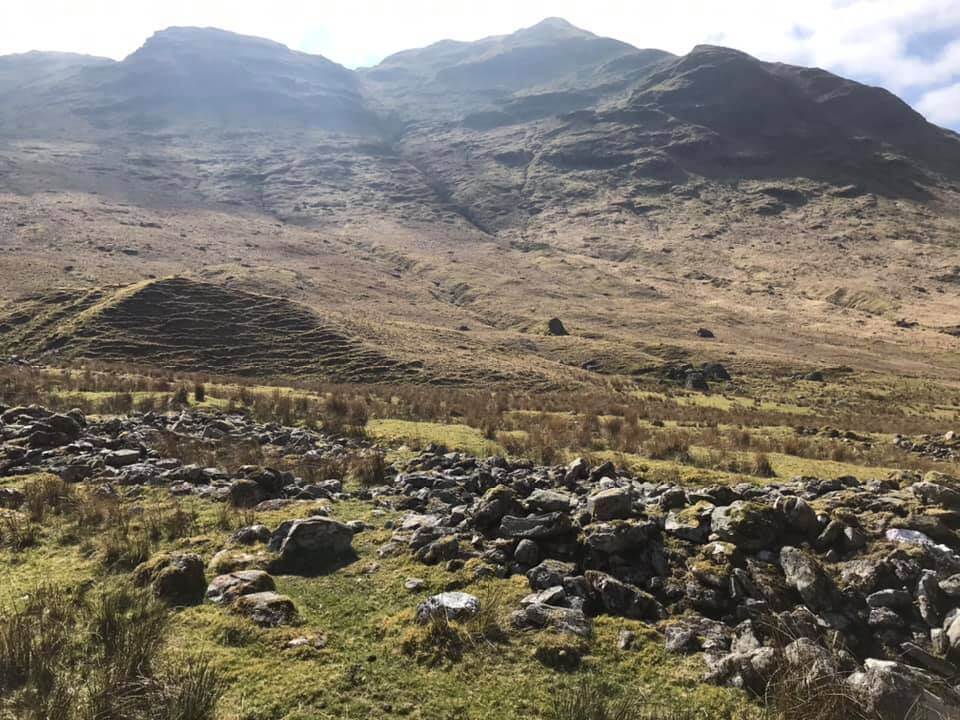
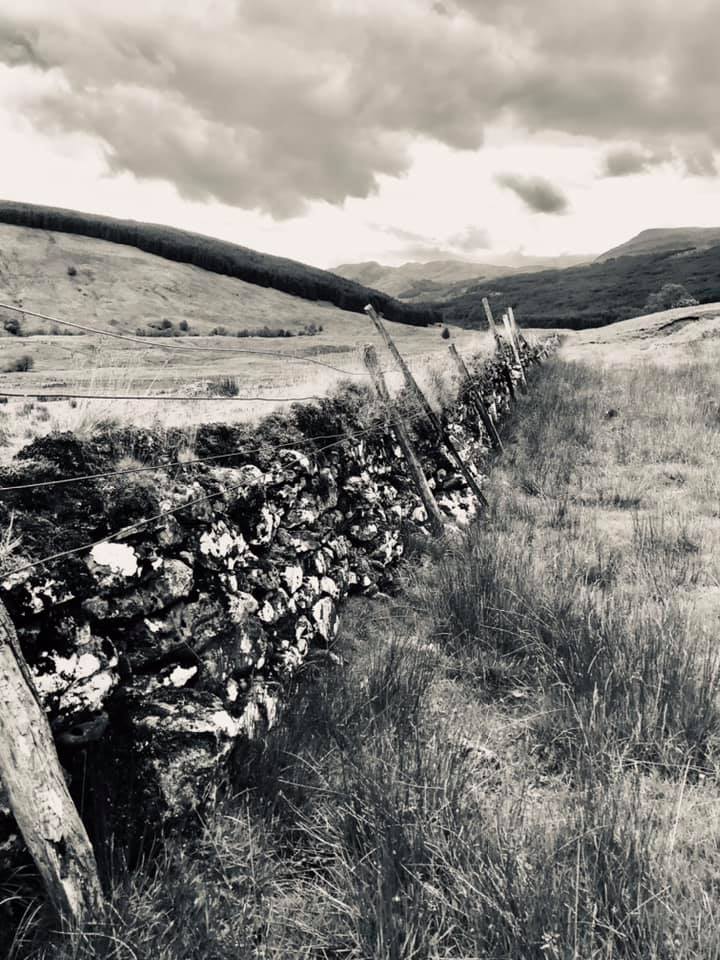
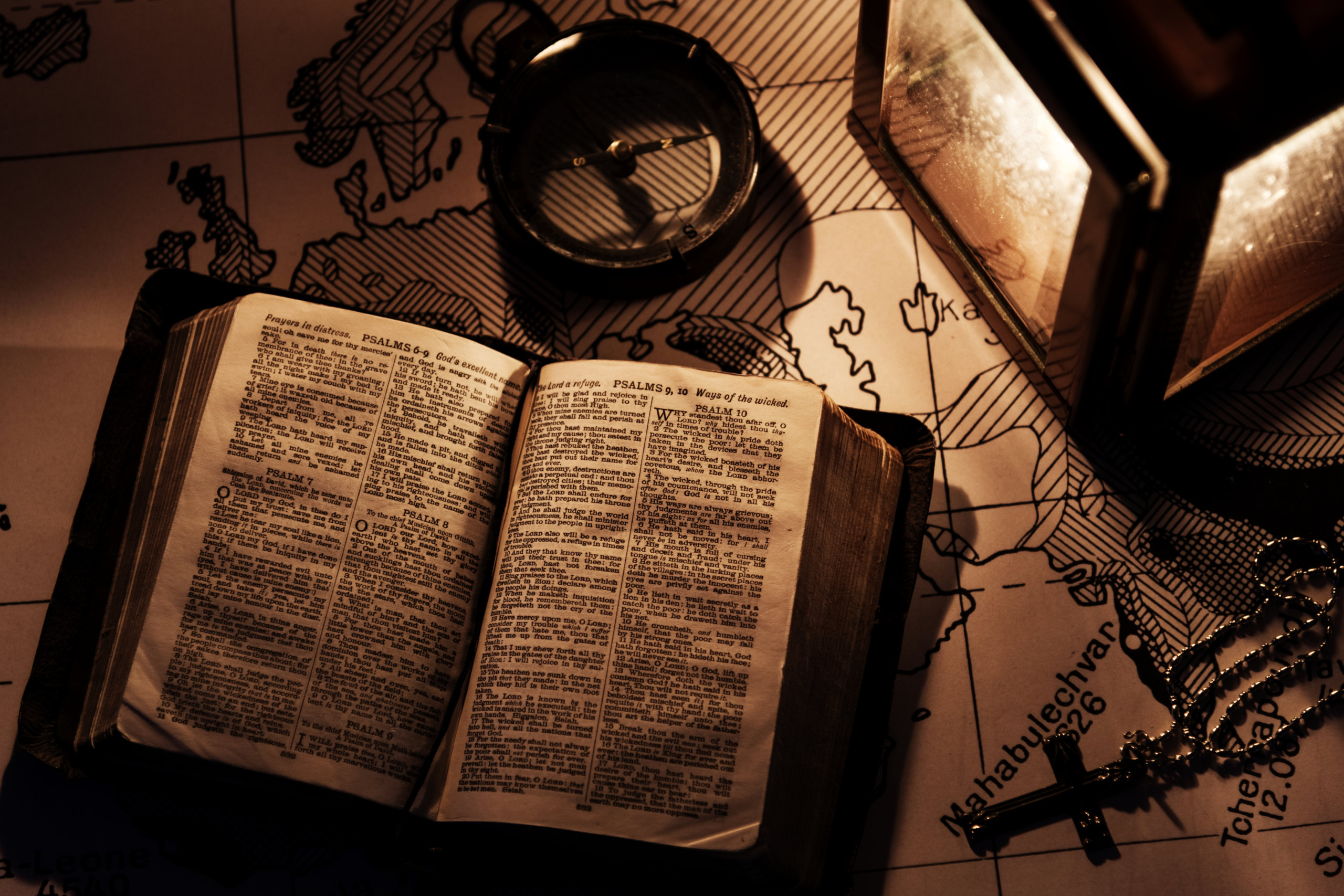
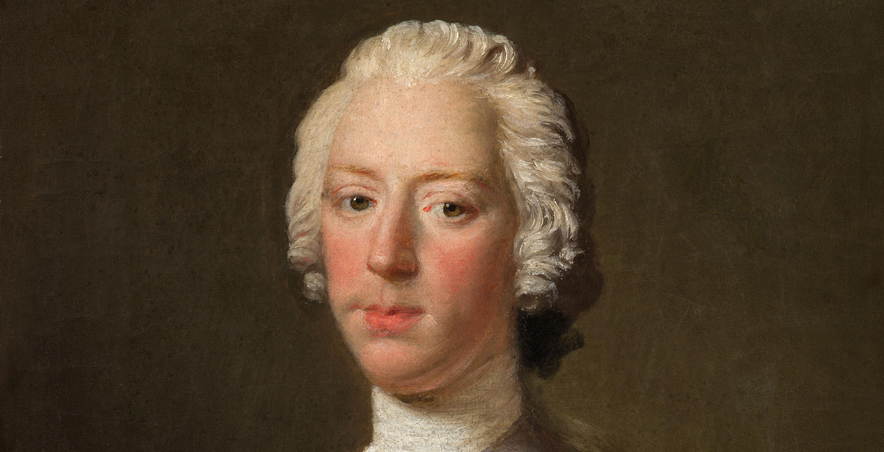
0 Comments